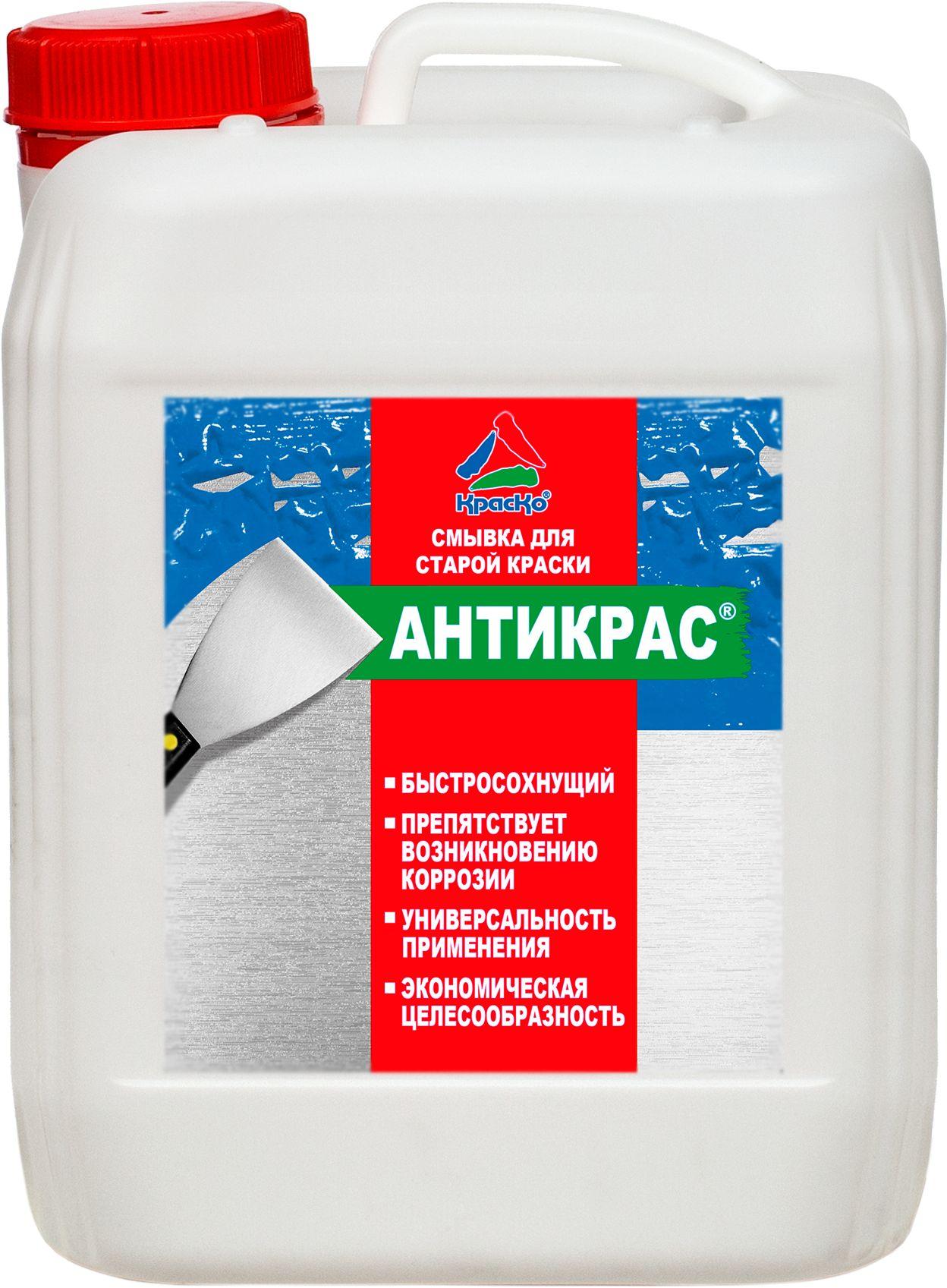
Old chemistry in new colors
At the end of September 2020, the world's first batch of blue ammonia (1) was sent from Saudi Arabia to Japan, which, according to press reports, was to be used in power plants to produce electricity without carbon dioxide emissions. To the uninitiated, this may seem a bit cryptic. Is there a new miracle fuel?
Saudi Aramco, behind the transport, produced fuel by hydrocarbon conversion (i.e. petroleum-derived products) to hydrogen and then convert the product to ammonia, capturing the carbon dioxide by-product. Thus, ammonia stores hydrogen, which is also referred to as "blue" hydrogen, as opposed to "green" hydrogen, which comes from renewable sources rather than fossil fuels. It can also be burned as fuel in thermal power plants, importantly without carbon dioxide emissions.
Why is it better to store transports hydrogen bound in ammonia than just pure hydrogen? “Ammonia is easier to liquefy — it condenses at minus 33 degrees Celsius — and contains 1,7 times more hydrogen per cubic meter than liquefied hydrogen,” according to a study by investment bank HSBC supporting the new technology.
Saudi Arabia, the world's largest oil exporter, is investing in technology to extract hydrogen from fossil fuels and convert the product to ammonia. American company Air Products & Chemicals Inc. in the summer signed an agreement with the Saudi company ACWA Power International and organizations responsible for the construction of the future futuristic city of Neom (2), which the kingdom wants to build on the Red Sea coast. Under the agreement, a $XNUMX billion ammonia plant will be built using hydrogen powered by renewable energy sources.
2. One of the visualizations of the futuristic Saudi city of Neom.
Hydrogen is known to be a clean fuel that, when burned, produces nothing but water vapour. It is often presented as a great source of green energy. However, the reality is a little more complicated. The overall balance of hydrogen emissions is as clean as the fuel used to produce it. Taking into account the total emission balance, such types of gas as green hydrogen, blue hydrogen and gray hydrogen are emitted. Green hydrogen it is produced using only renewable and carbon-free energy sources. Gray hydrogen, the most common form of hydrogen in the economy, is produced from fossil fuels, meaning that low-carbon hydrogen emissions are largely offset by the manufacturing process. Blue hydrogen is the name given to hydrogen derived only from natural gas, which has lower carbon dioxide emissions and is cleaner than most fossil fuels.
Ammonia is a chemical compound containing three hydrogen molecules and one nitrogen molecule. In this sense, it "stores" hydrogen and can be used as a feedstock for the production of "sustainable hydrogen". Ammonia itself, like hydrogen, does not emit carbon dioxide when burned at a thermal power plant. The blue color in the name means that it is produced using natural gas (and in some cases, coal). It is considered a greener form of energy production also due to the ability to capture and sequester carbon dioxide (CCS) during the conversion process. At least that's what the company Aramco, which produces such, assures.
From blue to green
Many experts believe that the technique described above is only a transitional step, and the goal is to achieve efficient production of green ammonia. Of course, this one will not differ in chemical composition, just as blue does not differ in chemical composition from any other ammonia. The point is simply that the production process of the green version will completely emission-free and will have nothing to do with fossil fuels. This could be, for example, a plant for the production of renewable hydrogen, which is then converted into ammonia for easier storage and transport.
In December 2018, a report was published by the British Energy Transition Commission, "a coalition of business, financial and civil society leaders from across the industries that produce and use energy." Mission Possible. According to the authors, the complete decarbonization of ammonia by 2050 is technically and economically feasible, but blue ammonia will not matter in a few decades. It will eventually dominate green ammonia. This is due to the high cost of capturing the last 10-20% CO, the report says.2 in the production process. However, other commentators have pointed out that these predictions are based on the state of the art. Meanwhile, research on new methods for the synthesis of ammonia continues.
For example Matteo Masanti, an engineer at Casale SA (a member of the Ammonia Energy Association), presented a newly patented process for "converting natural gas to ammonia to reduce COXNUMX emissions".2 to the atmosphere up to 80% in relation to the best available technologies”. Simply put, he proposes to replace the CDR (carbon dioxide removal) unit used to capture carbon dioxide from exhaust gases after combustion with a "pre-burn decarburization strategy".
There are many other new ideas. The American company Monolith Materials proposes "a new electrical process for converting natural gas into carbon in the form of soot and hydrogen with high efficiency." Coal is not a waste here, but a substance that can take the form of a commercially valuable commodity. The company wants to store hydrogen not only in the form of ammonia, but also, for example, in methanol. There is also eSMR, a method developed by Haldor Topsoe from Denmark based on use of electricity generated from renewable sources as an additional source of process heat at the stage of steam reforming of methane in the production of hydrogen at an ammonia plant. Reduced CO emissions are predicted2 for ammonia production about 30%.
As you know, our Orlen is also engaged in the production of hydrogen. He spoke about the production of green ammonia as an energy storage at the Polish Chemical Congress in September 2020, i.e. a few days before the departure of the aforementioned transport to Japan, Jacek Mendelewski, board member of Anwil from the PKN Orlen group. In fact, it was probably blue ammoniaaccording to the above classification. It is not clear from this statement that this product is already manufactured by Anwil, but it can be assumed that there are plans in Poland to produce at least blue ammonia.

